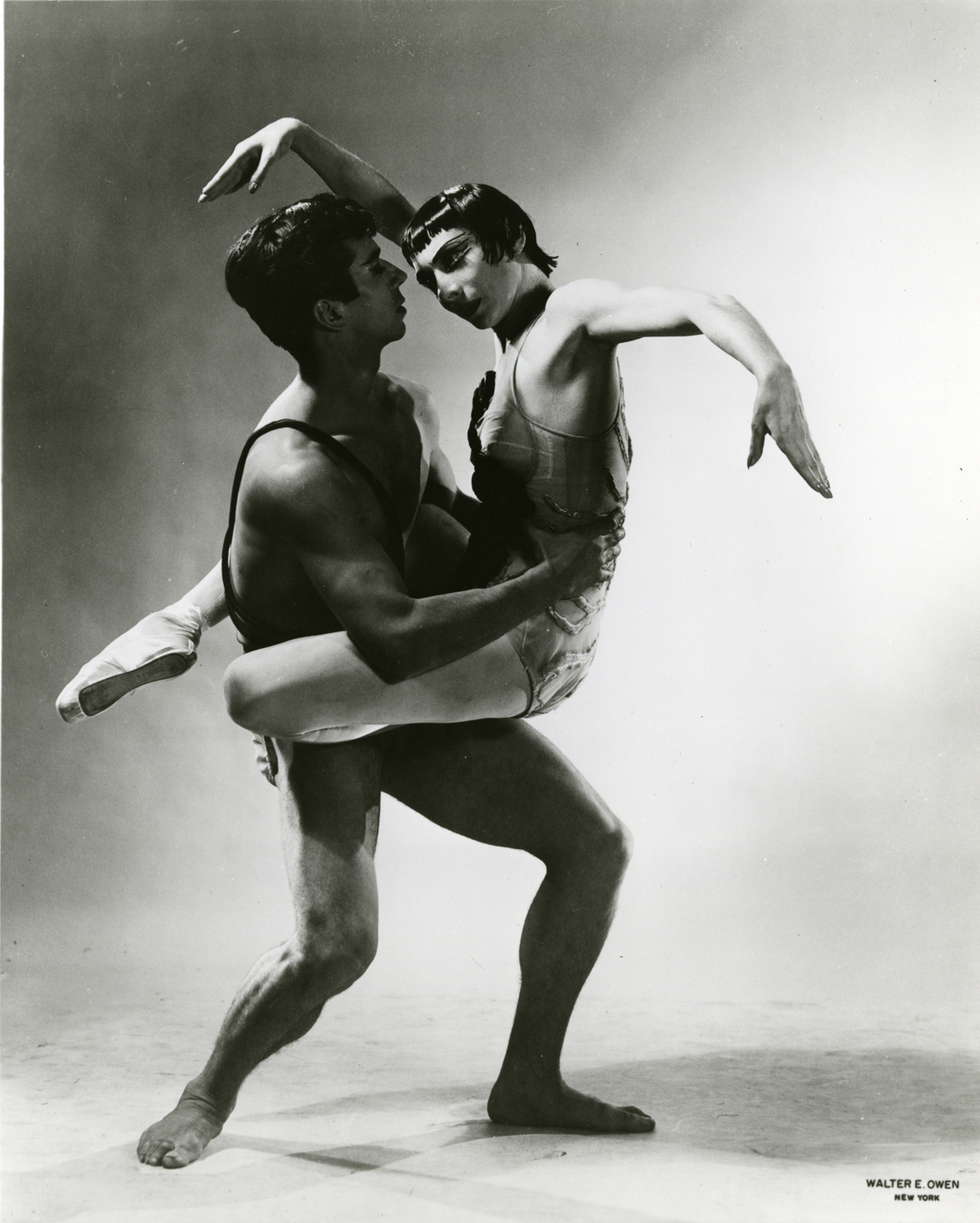
Jerome Robbins: in his own words
Jerome Robbins is one of the artistic titans of the 20th century. He made his mark on American culture with iconic creations in film, on Broadway and for ballet, which remained, throughout his career, the true foundation of his choreographic language.
Here is the master on the artform he loved. We perform his piece The Cage as part of Voices of American in April 2018.
On his ballet career
“I reserve for each form what properly belongs to it. Plots and pantomimes are need in one [musical theatre], but ballet can do without them”
“I’ll come as anything you want. I can perform. I can choreograph.”
To George Balanchine, who was running New York City Ballet (1948) – Balanchine said yes
“I got more out of [working with Balanchine] than just imitation, something deep, something I can’t even express. I always showed him everything I was doing.”
New York Times (1990)
On the magic of ballet
“A ballet is a ritual of exorcism: it is achieved through the magic of movement. Something about our existence is perceived and felt and translated by the choreographer with the help of the dancers. The rite is formed and conditioned within a strict technique and disciplined craft.
It is heightened and made larger than life by music, light, color; it finally is submitted to the collective ceremony of theatre and comes to its fulfilment under the darkness of the house, infused with the attention of assembled individuals enrapt in watching a part of their existence revealed and identified and relived.”
From the introduction to the book Ballet Panorama by Serge Lido
On using ballet as the basis of his style
“Ballet has proved capable of incorporating new movement ideas, of extension within itself. So while I agree with modern dance in seeking new ways of moving expressively, I find these ways in ramifications of ballet technique. I employ balletic conventions for expressive purposes (…)
Ballet is a technique that I can manipulate and extend to establish the quality of a dance work.”
From the Selma Jeanne Cohen papers, Jerome Robbins Dance Division of the New York Public Library for Performing Arts

On choreographing
“Give me something to dance about and I’ll dance it”
To Irving Berlin
“Each ballet poses for me a new problem to be solved in a new way. I always work for a key movement to establish the mood, or gender, of a whole work. Then I build that. Since the quality of each ballet is unique, the choreographic pattern in each will have to be different.”
From the Selma Jeanne Cohen papers, Jerome Robbins Dance Division of the New York Public Library for Performing Arts
“Making a ballet is not a cut-and-dried matter. Many things find their way into ballets. And you can never know what unconscious sources a ballet may have.”
New York Times (1978)
“I can’t sit still and direct a ballet. I have to get the feeling of the movement, then I can tell where it ought to go. Only a dancer can choreograph. I have to feel, physically and emotionally, the rightness of a movement.”
From the Selma Jeanne Cohen papers, Jerome Robbins Dance Division of the New York Public Library for Performing Arts
“When I see a choreographer emerge, it is because he has had enough with the way it was done and wants to say something else. I know Fancy Free came out of my feeling that we could dance out of our own American material. Models are fine, but if there is an imitation, it’s not original enough.”
New York Times (1984)
On ballet in America
“[American audiences] may not spot the difference between an entrechat-six and an entrechat-dix (very few can) but they can enjoy a hiking up of dungarees, the flipping of a chewing-gum paper between thumb and forefinger, without any help from experts, while a dash of juke-box jive is a natural accent in the new ballet picture”
In a 1945 self-penned article for New York Times